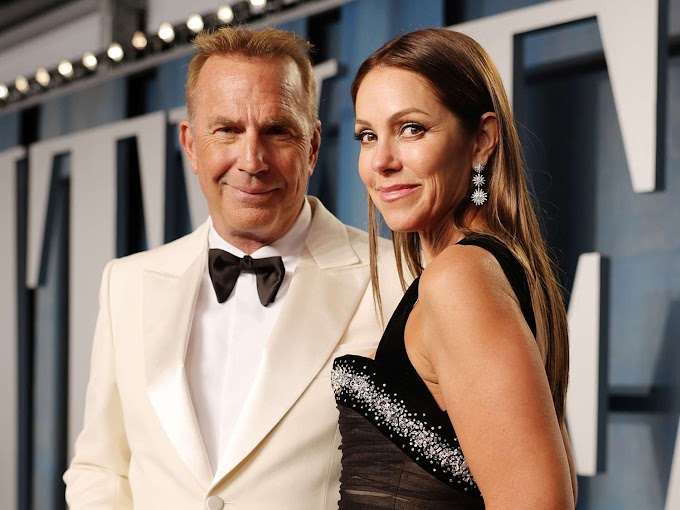The choice to cast a black actress to portray Anne Boleyn in a TV show highlights the evolving landscape of historical representation in media. While historical accuracy is crucial, artistic interpretation and creative freedom allow for fresh perspectives and narratives that resonate with modern audiences. In this case, the decision to diversify the cast challenges traditional depictions and reimagines Anne Boleyn's persona through a lens of inclusivity and cultural appreciation.
Critics of the unconventional casting may argue that it deviates from the historical reality of Anne Boleyn's appearance. However, it's important to recognize that historical records often lack detailed descriptions of individuals' physical attributes. This ambiguity offers room for artistic license, enabling creators to depict historical figures in ways that reflect the diverse world we live in today.
The portrayal of Anne Boleyn by a black actress serves as a powerful statement on representation and inclusivity. By giving voice to underrepresented communities, this casting choice empowers individuals who may not have traditionally seen themselves reflected in historical narratives. It fosters a sense of belonging and validates the experiences of those who have been marginalized throughout history.
In a world where discussions around representation and equality are gaining momentum, the portrayal of Anne Boleyn by a black actress takes on a broader societal significance. It prompts conversations about the importance of recognizing and celebrating diverse perspectives, even within historical narratives. This casting decision becomes a catalyst for examining preconceived notions and fostering greater understanding among audiences.
The choice to cast a black actress as Anne Boleyn in a TV show challenges traditional norms while honoring the spirit of historical exploration. This unconventional yet deliberate decision invites audiences to engage in dialogue about historical representation, artistic freedom, and the evolving understanding of the past. By embracing diversity, creativity, and inclusivity, this portrayal becomes a bridge that connects the past with the present, opening doors to new narratives and interpretations that resonate with a global audience.




